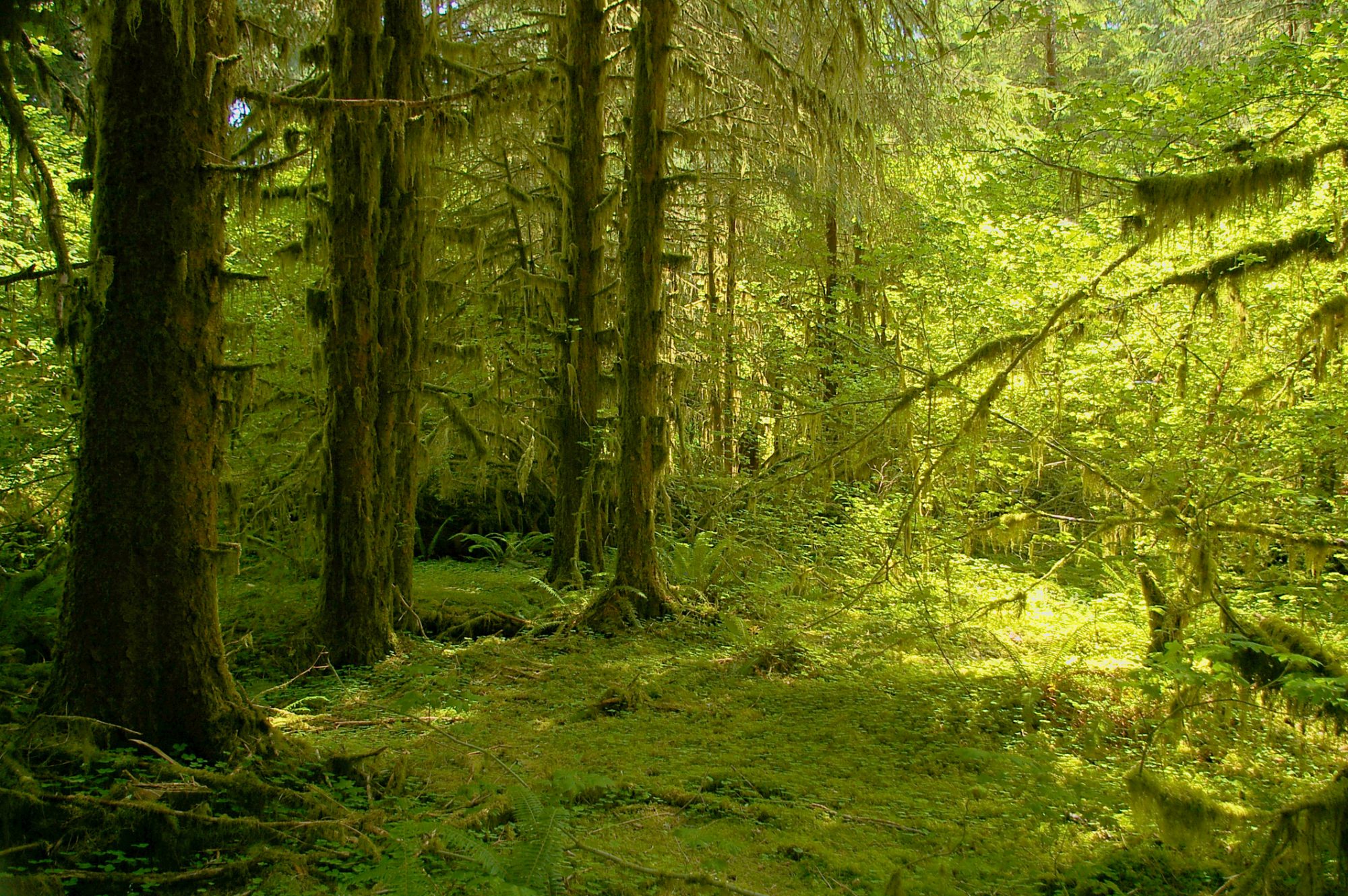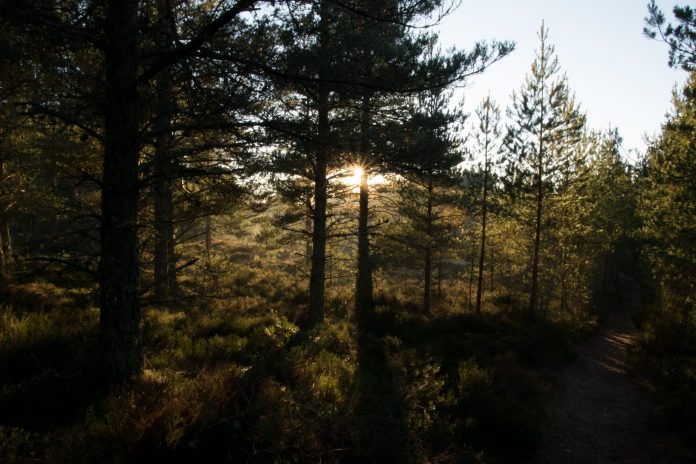Monocultures of the Scots pine and Sitka spruce tree species display different resilience to spring drought
Using a long-term experimental forest in Ardross in Scotland, researchers measured the impact of a spring drought in 2012 on monocultures of two species, the Sitka spruce and Scots pine.
The Scots pine and Sitka spruce are two of the most economically important timber species in the UK, collectively making up 68% of all the UK’s coniferous forest area – with Sitka spruce alone comprising 51%.
While mixed-species forests can provide a wider range of social, environmental and economic benefits than those containing a single species – such as being more productive and better supplied with light, water, and soil nutrients via their complementary crown and root systems – they may not be as resilient to drought.
Researchers compared these species of tree to mixtures of the same two species growing together in different proportions, to discover how they are differently impacted by seasonal drought.
Mr Ovenden and his team collected tree cores – samples extracted from the trunks – to examine the tree rings that document the annual variation in tree growth.
Resilience to drought is vital in a climate-changing world
PhD researcher Tom Ovenden, of the Department of Biological and Environmental Sciences, who led the study, said: “As expected, we found evidence that Scots pine was more resistant to drought than Sitka spruce.
“However, to our surprise, monocultures of both species appeared to be more resilient to spring drought than any of the mixtures of the two species that we considered.
“As we rapidly try to adapt our forests to deal with the challenges of a changing climate, it’s important that decisions on how best to achieve this are based on robust scientific evidence. This work is important because it demonstrates that simply adding more tree species to a forest does not automatically increase its resilience.
“Instead, the existence of any beneficial effects of species mixture likely depends on which species are mixed, their characteristics and how they interact.”
“Understanding how to effectively increase forest resilience is important, as the ability of forests to sequester carbon, provide habitat for a range of species and to continue to deliver a range of ecosystems services is dependent on them being robust to climate change.”
Ovenden continued: “Understanding how to effectively increase forest resilience is important, as the ability of forests to sequester carbon, provide habitat for a range of species and to continue to deliver a range of ecosystems services is dependent on them being robust to climate change.
“As tree growth is partly driven by how favourable a given year’s climate is, by collecting and measuring tree rings, we can quantify how much of an impact an extreme event such as this 2012 drought had on tree growth.
“Unexpectedly, we also found no evidence that competition from surrounding trees had a role in regulating either tree resistance – their ability to withstand the impact of drought – or their resilience – their ability to get back to normal after to drought. This may be because the forest was still relatively young, at 24 years when the drought occurred.”

Identifying how resilient native and non-native trees are
Professor Alistair Jump, Dean of Stirling’s Faculty of Natural Sciences and a co-author of the study, said: “We currently know very little about how resilient tree species growing in the UK are to drought and other extreme events, and this lack of evidence makes it difficult for forest managers to effectively adapt to climate change.
“As a result, there is an urgent need for us to understand the historic impact of drought and other extreme weather events, as well as predict the impact of future events under a range of possible climate change scenarios for different species and forest types.”
Overall, researchers from this study have highlighted the need for a more in-depth understanding of how resilient native and non-native trees are under a range of UK soils and climate conditions.
Researchers at the University of Stirling published their findings in the paper ‘Intimate mixtures of Scots pine and Sitka spruce do not increase resilience to spring drought’.











